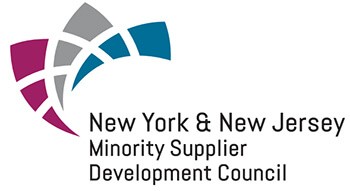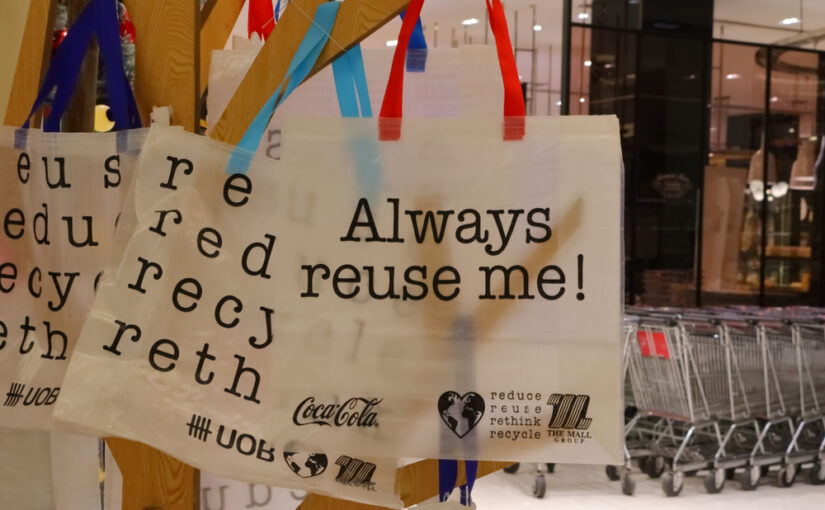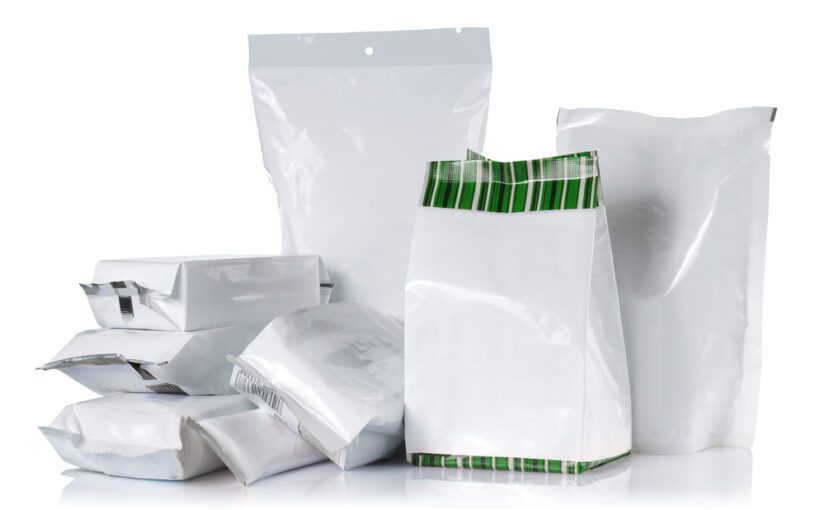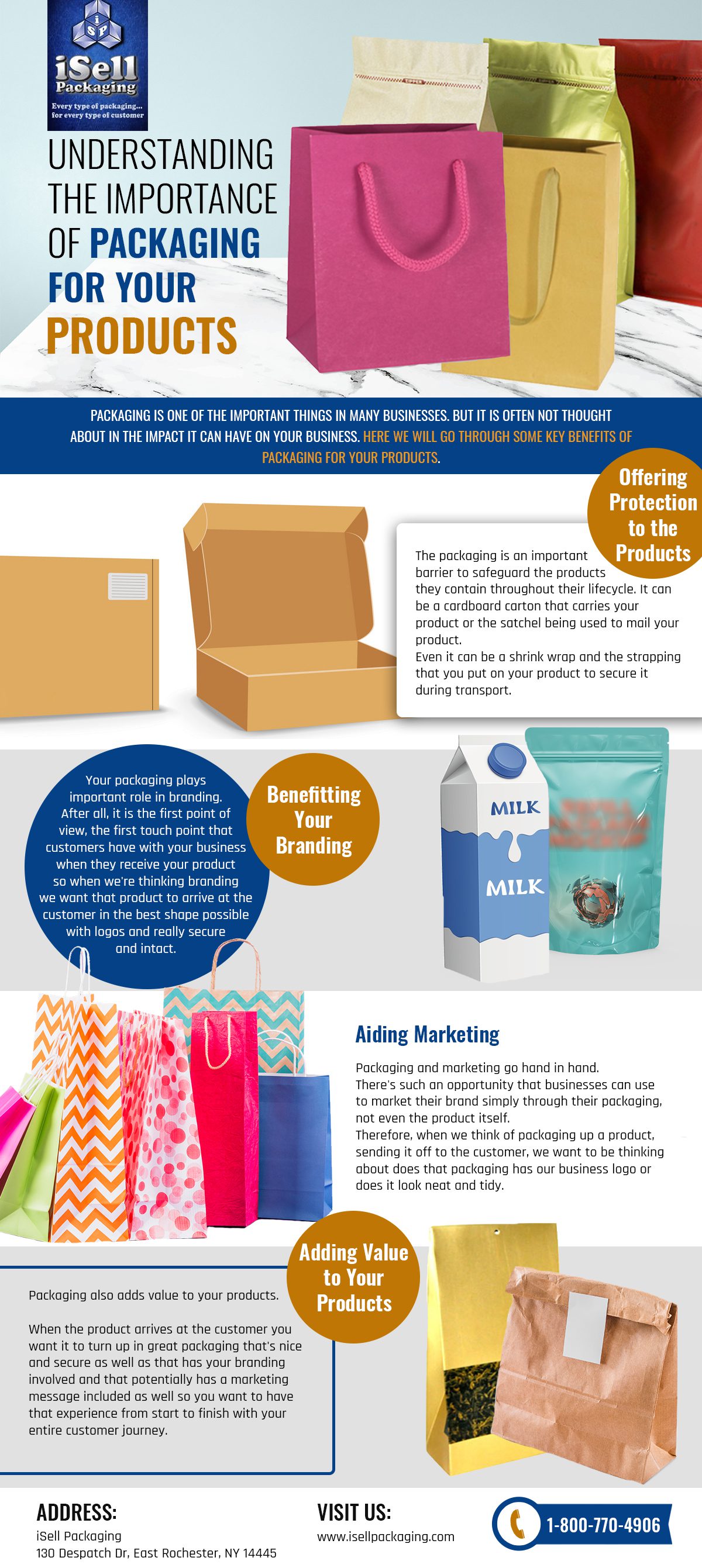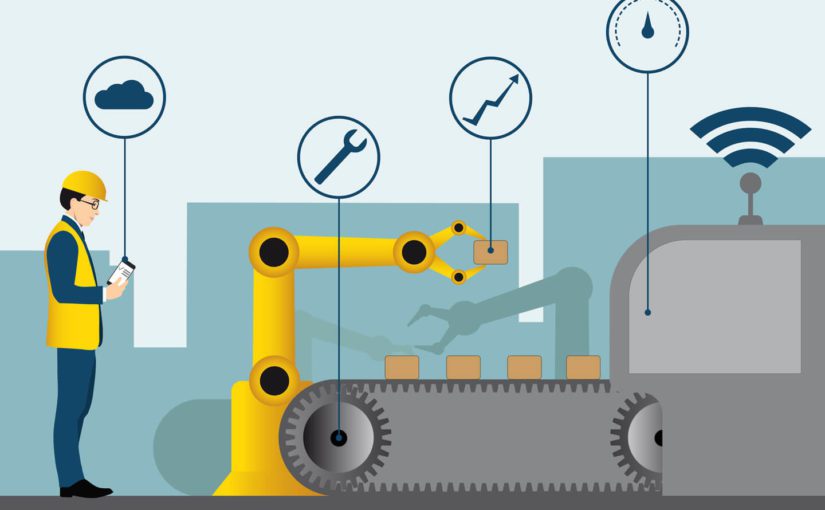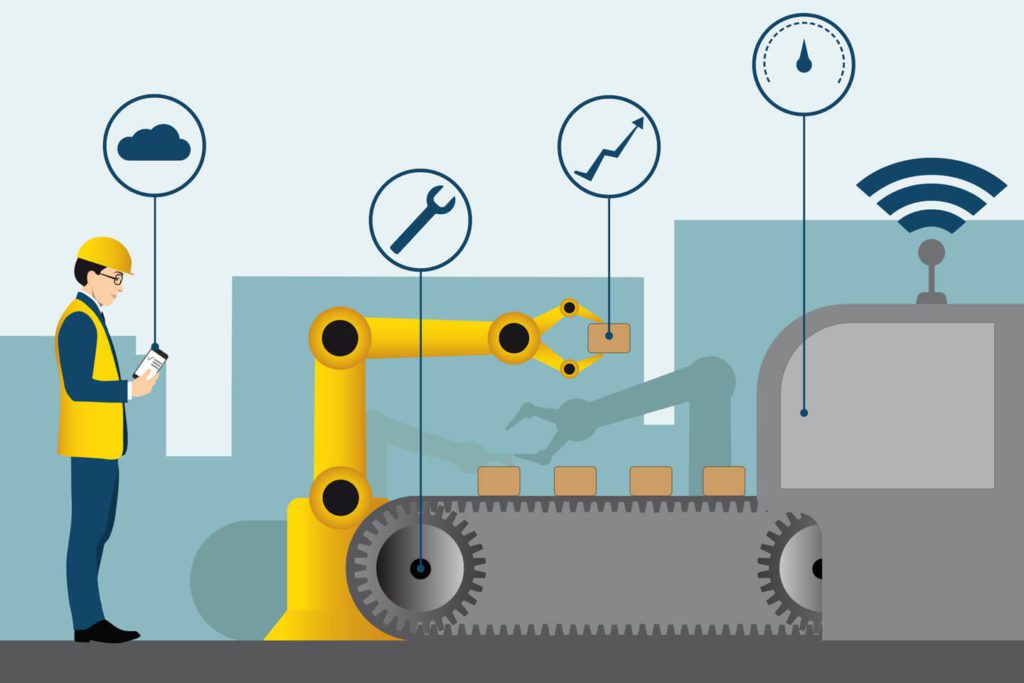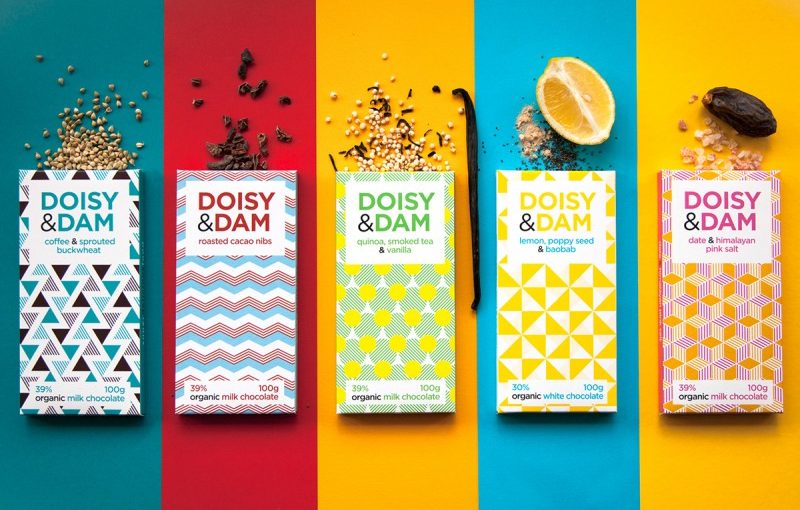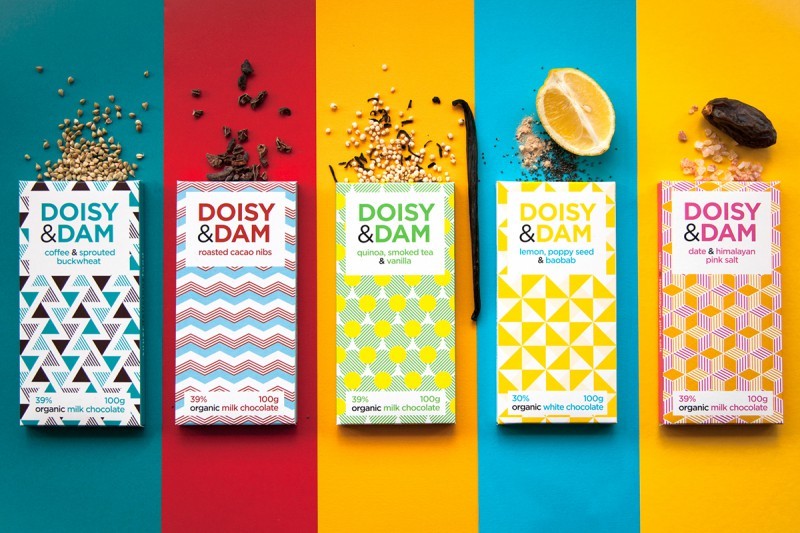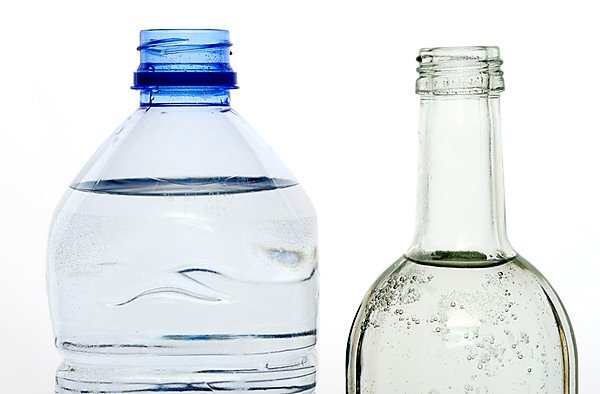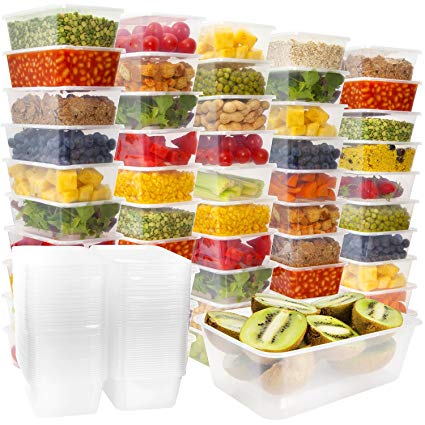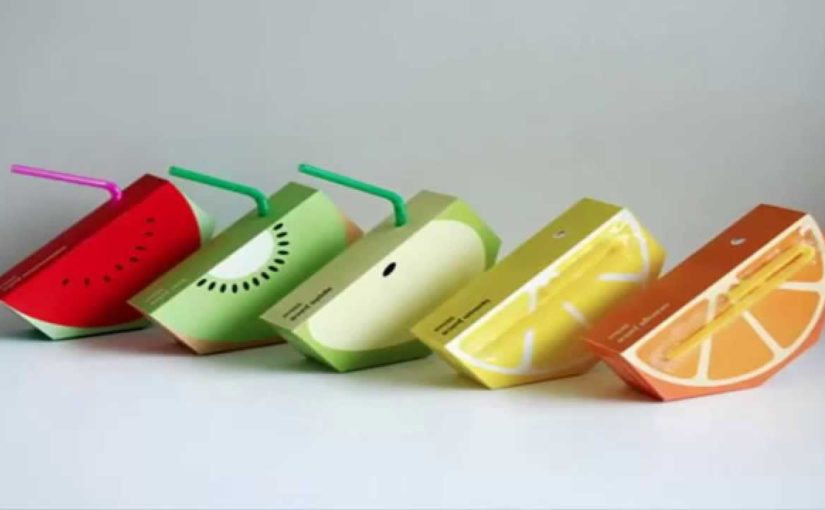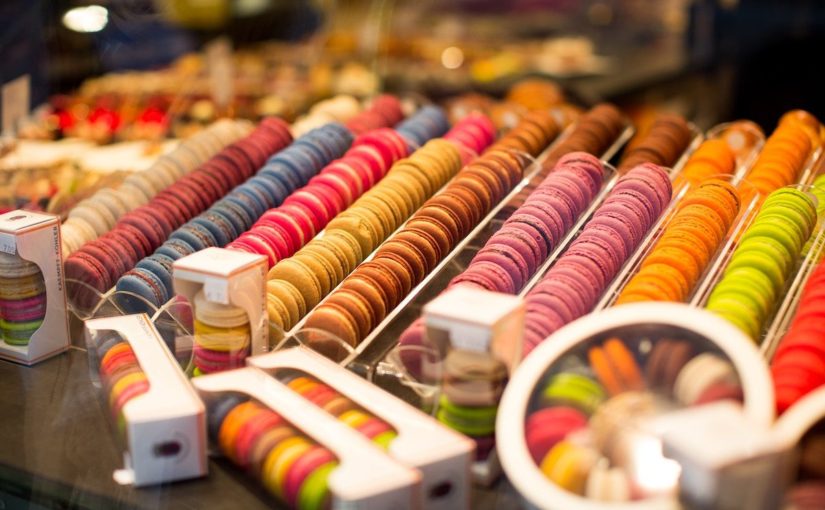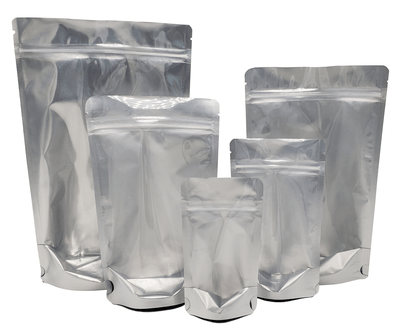No one denies the fact that printed plastic bags wholesale NYC are detrimental to the environment and can cause health hazards, especially in animals. It is also hard to recycle plastic bags. However, it is also true that plastic has revolutionized the packaging industry and has been the single greatest innovation for packaging solutions across the globe. And it is precisely this reason why companies have been investing billions of dollars into the production of plastic bags. Plastic bags are used everywhere from shopping to retailing to wholesale and industrial packaging.
Yes, there are other eco-friendly materials available to manufacture bags from, but custom-printed plastic bags still remain highly beneficial for businesses because of the following reasons.
Branding and marketing opportunities
The basic requirement for placing an advertisement is the availability of a space where the reader can read/view all the information. A plastic bag, small or large, has enough space for a business to advertise itself. Using the latest advancements in printing technologies, business information can be printed on plastic bags ranging from a single logo to providing details about services/products, contact details, and other useful information.
Reusability and cost-effectiveness
Plastic bags are known to be highly reusable with their usage cycle going into hundreds of uses before they need to be discarded. Just think about it – a single logo on a single plastic bag, but it is visible to many people hundreds of times. This makes it one of the cheapest forms of advertising where your business can showcase itself to all those potential customers at a fraction of the cost of investing in more traditional or digital marketing activities. It effectively translates into more or less a free marketing and advertising platform.
Durability
Plastic bags are more resistant to weather, chemicals, and general wear and tear. Paper bags or cloth bags absorb water quickly but plastic bags can better protect the contents inside your bag if it is raining or even if you accidentally drop the bag into a puddle of water.
Cheaper as compared to cloth or paper
The average cost of reusable plastic wholesale packaging bags USA is less than 20 cents apiece, which is significantly lower than that of a paper bag. Moreover, cloth bags can set you back by a few dollars apiece. This clearly shows that it is beneficial for businesses to source plastic bags in bulk quantities and get them printed at once as it saves a lot of money that can be put to use elsewhere.
Space and time consideration at retail store counters
In stores where there are long lines at the cashier counter for billing, it becomes necessary to keep the lines moving with fast turnaround times. Also, with so many customers thronging the stores, it is important to store a sizable amount of carry bags at the checkout counters to serve the customers. Plastic bags occupy less space as compared to paper bags, both at the cashier counter and in storage. Also, plastic bags are lightweight and are quicker to open and pack, saving considerable time – even if you save 3 seconds per customer using a plastic bag instead of a paper bag, 100 customers mean a savings of 300 seconds (or 5 minutes). This helps in keeping the customer lines moving efficiently at checkout counters of stores.
Environmental benefits
Today, most of the plastic bags available in the market are biodegradable as single-use plastics are being phased out gradually. While an ordinary plastic bag takes more than 500 years to start decomposing, a biodegradable plastic bag can decompose in 3-5 years. Also, no traces of plastic are left behind by biodegradable bags.
The manufacturing of plastic bags is energy efficient as compared to paper or cloth bags. The manufacture of a single plastic bag uses up to 40% less energy and releases almost 70% less solid industrial waste as compared to a paper bag of the same volume.
And finally, recycling one pound of plastic uses 90% less energy when compared to recycling one pound of paper.
Conclusion
Plastic has had its fair share of criticism but that should not stop us from intelligently weighing the pros and cons of using a plastic bag. As shown in the aforementioned points, plastic bags have numerous benefits which make them important for any business.
If still there is concern regarding plastic bags, their manufacture, and use, you can always look forward to hiring plastic bag consultants in the United States for your business who can based on their years of experience, guide you in the best possible use of plastic bags while also causing the least damage to the environment.
Click Here to see Bag Specification
Call Us for more Information:
